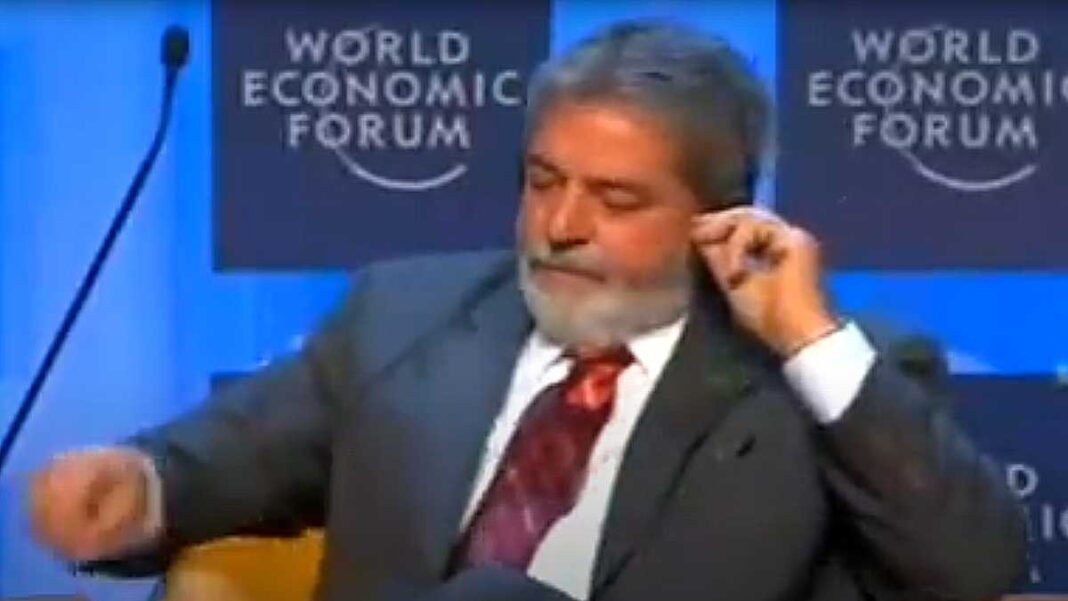
‘Fusion is the most technologically challenging approach to making energy that mankind has ever attempted,’ physicist Robert Fedosejevs says.
Generating nearly limitless, clean, carbon-free energy from nuclear fusion—a vision that seems to be perpetually out of reach—has taken major steps in the past several years toward becoming a reality.
On the heels of major recent breakthroughs in physics labs in generating nuclear fusion, the quest has now expanded into the private sector, where a proliferation of start-up companies are racing to make the process commercially viable, and profitable.
If they succeed, the prize would be an abundant source of virtually carbon-free energy that does not consume vast acres of natural landscapes and coastal areas, as do solar panels and wind turbines. And, unlike today’s nuclear-fission reactors, fusion energy produces relatively little radioactive waste.
Tritium and deuterium, isotopes of hydrogen, are the elements used in fusion, rather than heavy elements like uranium and plutonium that are used in fission. The final products of a fusion reaction are helium and neutrons.
Besides producing less waste, nuclear fusion does not entail the risk of runaway chain reactions like Chernobyl, scientists say.
If a fission plant shuts down during an emergency, “it can still produce a lot of power for a while from the leftover activity in the reactor, and this is why it melts,” Jean Barrette, physics professor emeritus at McGill University, told The Epoch Times.
“Whereas with nuclear fusion, you turn the switch off and it’s over; it doesn’t have any leftover radiation.”
While the potential benefits from fusion are manifold, harnessing it for electricity remains a daunting task.
“The fundamental process is well known, and of course, that’s what powers the stars,” Robert Fedosejevs, professor of electrical engineering at the University of Alberta and a specialist in laser technology, told The Epoch Times. But “fusion is the most technologically challenging approach to making energy that mankind has ever attempted.”








